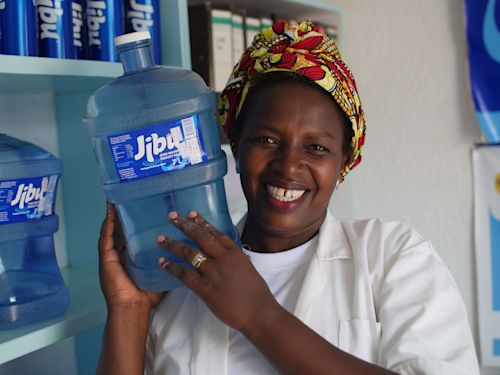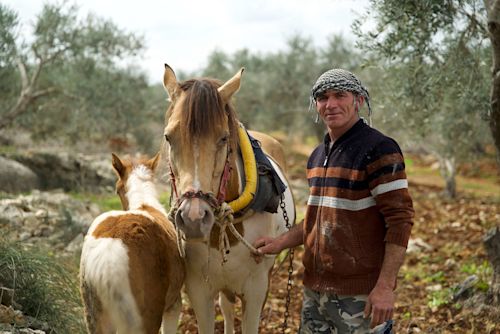Spanning 70+ countries, Kiva’s Lending Partners include vetted microfinance institutions, social enterprises, schools, and nonprofits serving low-income communities. Each partner is thoroughly screened to ensure alignment with Kiva’s mission, financial integrity, and responsible lending.

Trusted loans start with trusted partners
A closer look at Lending Partners
At Kiva, due diligence means carefully selecting Lending Partners, local organizations we trust to manage your loan responsibly.

Step 1
Application and screening
An organization that seeks to partner with Kiva must first submit an application. Learn more about the application process here.

Step 2
Prepare due diligence report
After reviewing the prospective Lending Partner’s application and meeting with the organization, the Kiva analyst prepares a due diligence report.

Step 3
Investment committee review
The Kiva analyst submits a due diligence report to the investment team, which reviews and votes on partnership approval and credit limit level.

Ongoing monitoring for transparency and trust
Due diligence doesn’t end once a Lending Partner is approved—it’s an ongoing commitment. The level of monitoring depends on a partner’s credit limit, with higher credit line partners undergoing more rigorous oversight.

Dynamic partner credit limits
Kiva's dynamic approach to credit limits allows Kiva lenders to support a diverse range of Lending Partners, from early-stage institutions and social enterprises to established organizations with large-scale impact. Credit limits vary from $50,000 to several million dollars, allowing Kiva's credit programs to grow with our partners' impact. As credit lines increase, due diligence requirements also rise, providing space for experimentation, while also protecting lenders' funds through comprehensive due diligence.